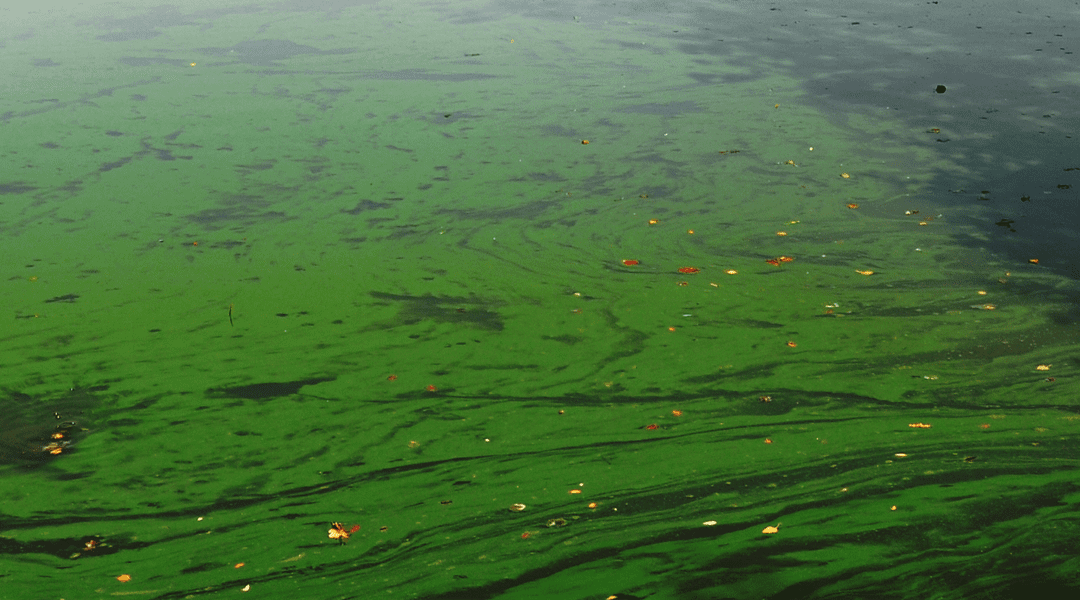In the vast realms of aquatic ecosystems, a microscopic powerhouse thrives, often overlooked but holding immense potential—microalgae, also known as phytoplankton. These single-cell organisms, unlike their macroalgal counterparts, offer a myriad of benefits, ranging from sustainable aquaculture practices to carbon sequestration and biofuel production. This blog explores the fascinating world of microalgae and how it is reshaping our approach to agriculture, environmental conservation, and renewable energy.
Algaculture
Microalgae’s cultivation, termed algaculture, is a straightforward process, requiring sunlight, nutrients, carbon dioxide, and water. With over 25,000 species at their disposal, these organisms exhibit remarkable resilience, thriving in diverse environments, including saltwater and wastewater. The lack of roots, stems, and leaves allows microalgae to surpass terrestrial plants in photosynthesis efficiency and carbon sequestration.
Advancements in Aquaculture
Aquaculture, the controlled cultivation of aquatic species, has found a sustainable ally in microalgae. As an alternative to traditional fishmeal, microalgae provide a rich source of proteins, vitamins, minerals, and carbohydrates, promoting the health of marine and freshwater species. The feed’s nutritional content can be enhanced by combining various microalgal species, offering a superior and eco-friendly alternative to soy-based feeds.
Moreover, the versatility of microalgae in aquaculture extends beyond mere nutrition. The microorganisms act as a natural water purifier, contributing to a healthier environment for aquatic life. This dual-purpose cultivation not only ensures sustainable aquafeed but also addresses water quality concerns, marking a step towards a holistic approach to aquaculture.
Challenges and Opportunities
Despite the advantages, challenges arise, such as the digestibility issues associated with certain microalgae types and the absorption of heavy metals during cultivation. However, ongoing research and advancements in harvesting and pellet production are poised to address these challenges, making microalgae a promising component of sustainable aquafeed.
The potential for microalgae to revolutionize aquaculture is not confined to fishmeal alone. Microalgae-derived compounds, such as antioxidants and immune-stimulants, can enhance the overall health of aquatic species. As research delves deeper into understanding the specific nutritional benefits of different microalgal species, the aquaculture industry stands on the brink of a nutritional revolution that aligns with ecological sustainability.
Sequestering Carbon
As carbon emissions from fossil fuels contribute to global warming, the role of microalgae in sequestering carbon becomes crucial. Marine phytoplankton can capture approximately 50 gigatons of CO2 annually, exhibiting efficiency rates far surpassing terrestrial plants. This natural carbon capture process, coupled with the adaptability of microalgae to various environments, positions them as a potent tool in the fight against climate change.
The significance of microalgae in carbon sequestration extends beyond its direct impact. By mitigating carbon dioxide levels in the atmosphere, microalgae indirectly contribute to the preservation of ecosystems and biodiversity. As research explores ways to optimize microalgae cultivation for enhanced carbon sequestration, the potential for these microscopic organisms to act as frontline warriors against climate change becomes increasingly evident.
Biofuel from Microalgae
The quest for renewable energy sources has led to a growing interest in microalgae-based biofuels. Extracting high-energy-density oil from microalgae presents numerous advantages, including daily extraction capabilities and efficient water and algae reuse in the production process. By co-cultivating microalgae for biofuel alongside other products like aquafeed, the overall environmental impact can be further mitigated.
Addressing Challenges
While the production costs of microalgae biofuel alone can be high, co-cultivation for multiple purposes offers a solution. Simultaneous use in healthcare, human and animal feed, and wastewater treatment showcases the versatility of microalgae. However, challenges such as potential toxin release during growth and the impact on fish health warrant ongoing investigation and refinement.
The integration of microalgae into biofuel production heralds a new era in renewable energy. Unlike traditional biofuel crops that compete with food production, microalgae can thrive in non-arable land, minimizing the ethical concerns associated with biofuel production. As research progresses, the scalability and economic viability of microalgae-based biofuels are likely to improve, paving the way for a cleaner and more sustainable energy future.
Microalgae in Various Industries
Beyond aquaculture, carbon sequestration, and biofuel production, microalgae’s applications span a wide array of industries. The rich nutritional value of microalgae positions them as a potential game-changer in healthcare and nutrition. The extraction of algal oil for use in value-added products, such as dietary supplements, holds promise, although further investigation is required to ensure the quality and safety of these products.
Furthermore, microalgae’s ability to thrive in wastewater presents an innovative solution to environmental challenges. Cultivating microalgae in municipal and industrial wastewater not only aids in wastewater treatment but also contributes to biofuel production. However, the impact of toxins on algal yield requires careful consideration, highlighting the need for sustainable practices in wastewater-based microalgae cultivation.
Conclusion
In the intricate tapestry of sustainable solutions, microalgae emerges as a thread weaving through aquaculture, carbon sequestration, biofuel production, and beyond. The challenges faced in integrating microalgae into various industries are outweighed by the immense potential and benefits they offer. As research progresses and cultivation processes refine, the adoption of microalgae-based solutions promises a more sustainable and eco-friendly future for our planet.
Embracing the power of microalgae is not just an environmental choice; it’s a step towards a harmonious coexistence with nature. As we unlock the secrets held by these microscopic organisms, we pave the way for a greener, healthier, and more sustainable world—one where the tiny yet mighty microalgae play a pivotal role in shaping the future of our planet.

